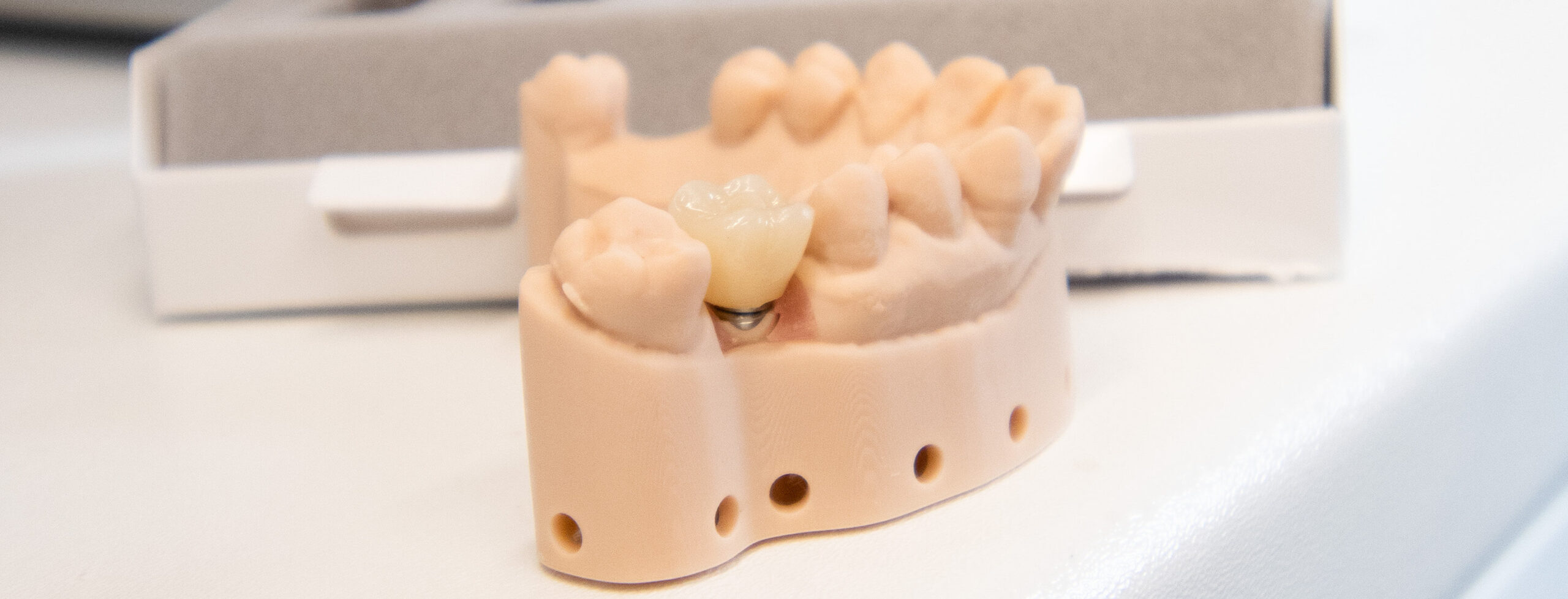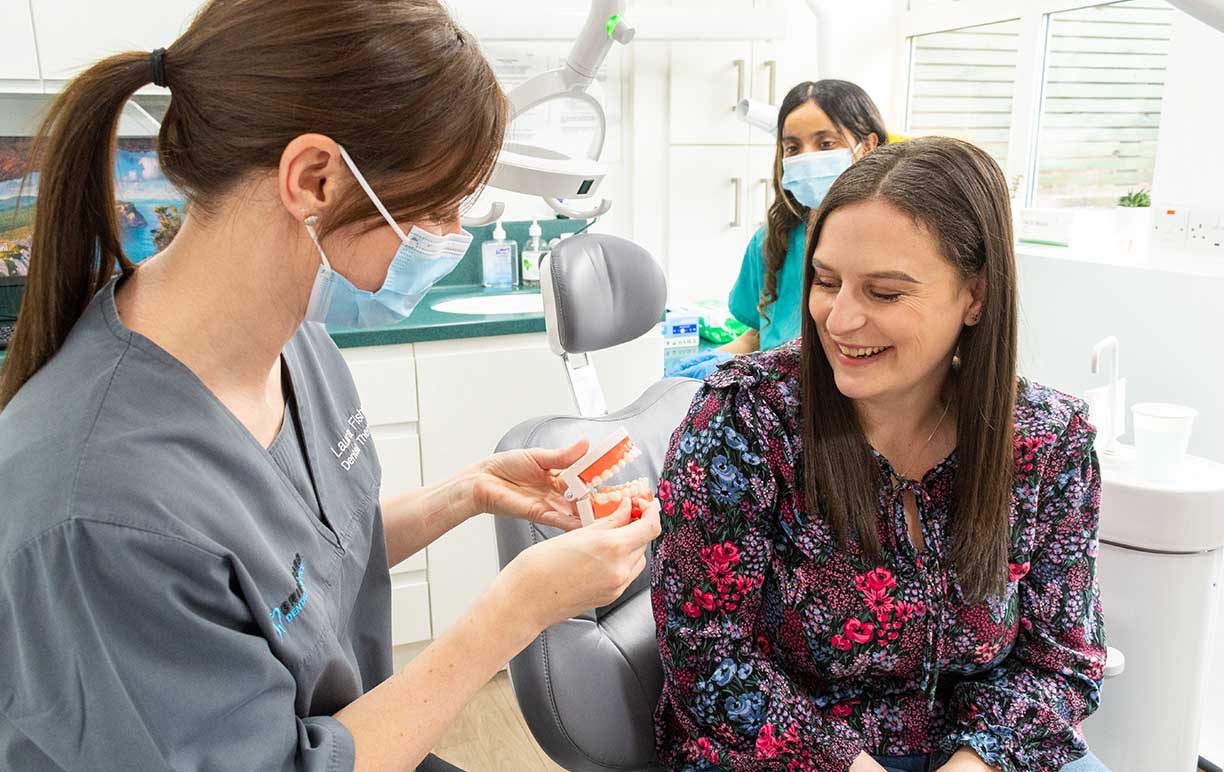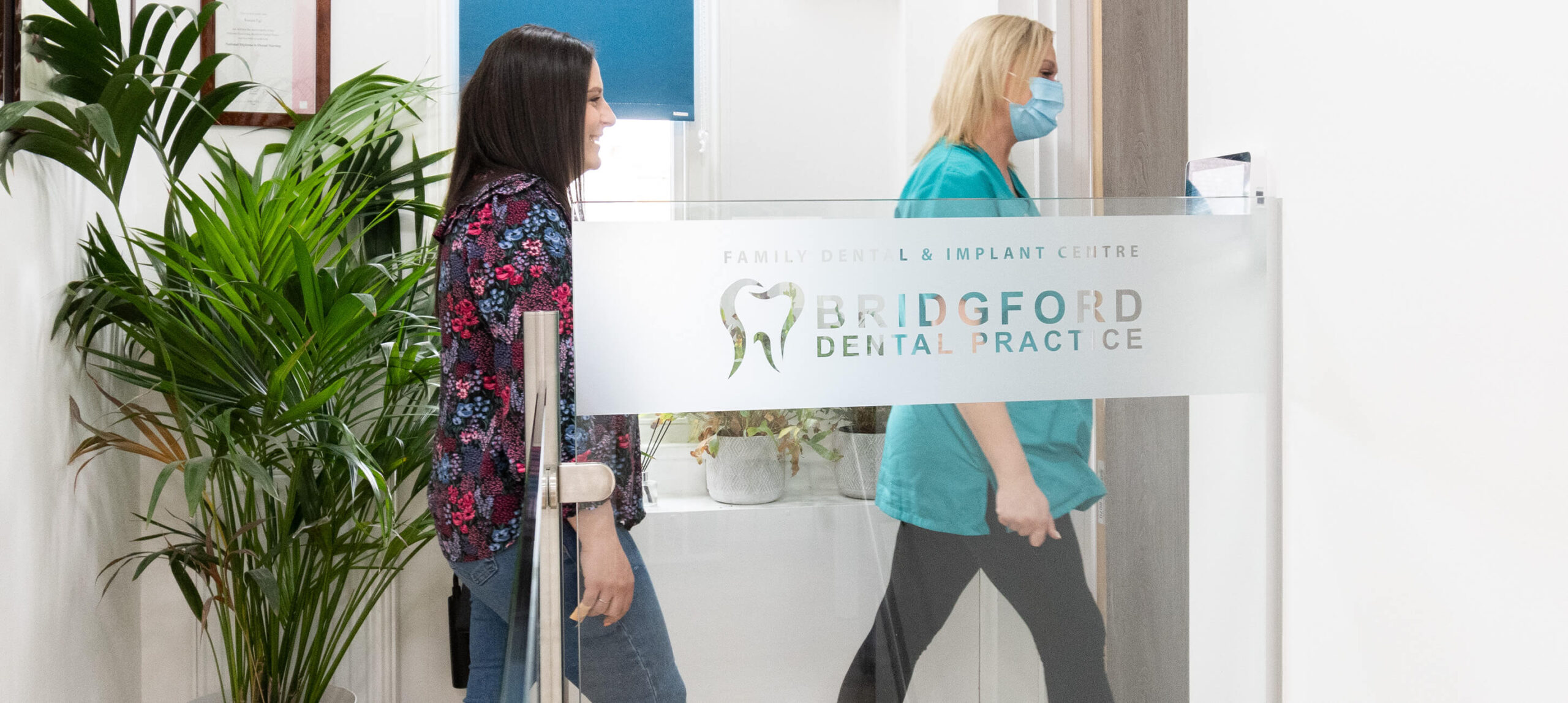Tooth decay is a common dental problem that affects people of all ages. The treatment required for tooth decay depends on the severity of the condition. In the early stages of tooth decay, your dentist may recommend a fluoride treatment to help remineralise the tooth and prevent further decay. However, if the decay has progressed, your dentist may need to remove the decayed area of the tooth and fill it with a dental filling. In severe cases, a root canal treatment may be necessary to remove the infected pulp and save the tooth. If the tooth cannot be saved, your dentist may recommend an extraction.
Gum disease, also known as periodontitis, is a serious dental issue that requires prompt treatment. The first step in treating gum disease is to schedule an appointment with your dentist. During your appointment, your dentist will evaluate the severity of your gum disease and recommend a treatment plan. The treatment for gum disease typically includes a deep cleaning, known as scaling and root planing. This procedure removes the plaque build up and tartar from your teeth and gums. In some cases, antibiotics may be prescribed to help eliminate the infection.
A tooth extraction is a dental procedure that involves removing a tooth from its socket. The procedure is typically performed by a dentist or oral surgeon and can be necessary for a variety of reasons, such as severe tooth decay or damage, overcrowding, or infection. Prior to the procedure, the dentist will administer a local anaesthetic to numb the area around the tooth being extracted. In some cases, sedation may also be used to help the patient relax. The dentist will then use specialised tools to loosen the tooth and remove it from the socket. After the tooth is removed, the dentist may place a gauze pad over the socket to help stop any bleeding. The patient will typically be given instructions on how to care for the extraction site and manage any pain or discomfort. These include:
- For the first 24 hours, try to avoid eating hot food, don’t smoke, don’t drink any alcohol and try not to disturb any blood clots which might have formed.
- Don’t rinse your mouth for six hours after extraction. After that, rinse gently with warm salty water – half a teaspoon of salt in a glass of water is enough.
- Brush your teeth as normal to keep your mouth as clean as possible.
- You may feel some small pieces of bone work their way out of the socket – don’t worry, this is perfectly normal.
- There may be some swelling and a bit of discomfort in the first two to three days. If you need to, take some ordinary painkillers – aspirin, ibuprofen or paracetamol will be fine.
- If you feel pain immediately after the tooth has been removed, it might be where the blood clot has broken down leaving an empty hole in the gum. This is called a ‘dry socket’ and will need to be looked at by your dentist. Simply go back and your dentist will pack the wound to ease your discomfort.
- Your dentist may have given you some gauze to place onto the area where the tooth has been removed – if not, a clean cloth handkerchief will do just as well (but not a paper tissue).
- Roll it into a small firm pad large enough to fit over the gap (probably around 1cm by 3cm).
- Sit up and gently clear away any blood clots around the gap using the gauze or hanky.
- Put a clean pad over the gap (from tongue side to cheek side) and bite down on it firmly for 10 to 15 minutes.
- Take the pad off and check whether the bleeding has stopped. If not, apply a fresh pad and contact your dentist
We appreciate that fillings, tooth extraction, and root canal can sound daunting, but we use local anaesthetic, and sedation, to ensure that during any restorative procedure with us, you won’t be in any pain. Plus, our staff are very supportive, and trained to help patients who are feeling nervous. If your mouth feels sore afterwards, any discomfort can be effectively managed with over the counter painkillers.














